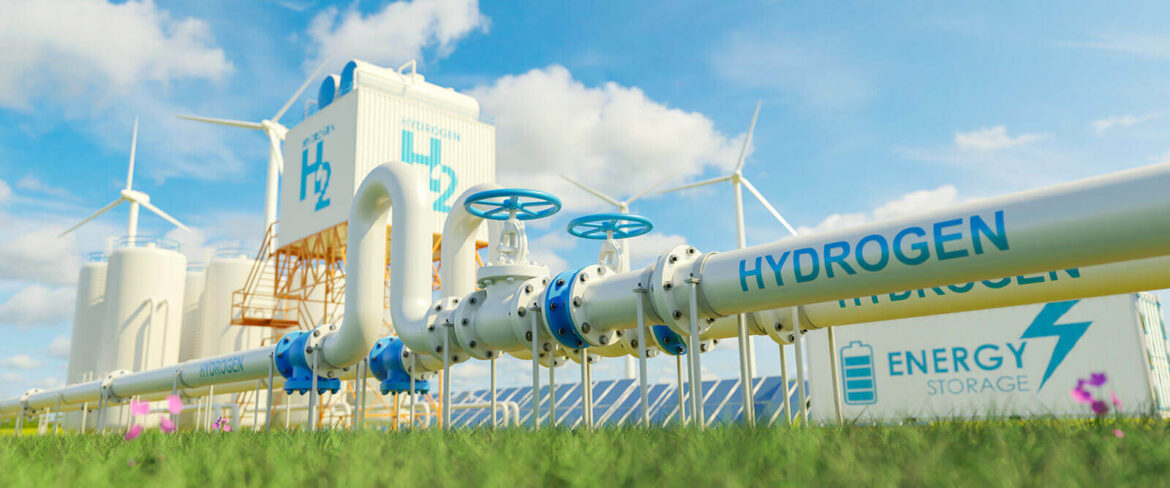Trends in sustainable healthcare: addressing climate change in healthcare organizations
Climate change is an undeniable and unstoppable reality that affects every aspect of our lives, and healthcare is no exception.
Such is its impact in the context of patient care, that health organizations have been taking very important proactive actions to address this challenge.
Let’s learn about some of the initiatives and strategies that medical centers are implementing to reduce their environmental impact and contribute to the sustainability of the health system.
How climate change affects healthcare
Rising temperatures, extreme weather events and the proliferation of diseases are the main threats that climate change presents to global health.
In the context of medical care, these threats fundamentally translate into a gradual increase in the volume of diseases and extra pressure on health systems, already battered in many cases due to lack of financing, obsolescence of medical equipment , etc.
In turn, healthcare itself is an industry that contributes very significantly to greenhouse gas emissions and natural resource depletion.
From the manufacturing of pharmaceutical products to the operation of medical facilities, every aspect of healthcare has an environmental impact.
If the health sector were a country, it would be fifth in the world in greenhouse gas emissions.

“It accounts for 4.9% of total global emissions, the equivalent of 514 coal-fired power plants.”
Recognizing this reality, healthcare organizations have stepped up to take action to address sustainability and mitigate their contribution to climate change.
Proactive actions in the healthcare industry
Broadly, healthcare organizations are taking a proactive approach to addressing climate change.
The implementation of sustainable practices, the efficient use of resources, digitalization for health 4.0, betting on renewable energies and promoting healthy lifestyles for patients and medical staff is being carried out.
Let’s look at it in more detail.
The daily management of medical centers is where this effort and change in organizational culture is most noticeable in the long term. From reducing waste to optimizing energy consumption, and also generating great cost savings.
Investing in green technologies is another key strategy.

Having renewable energy systems, upgrading to more energy-efficient hospital equipment, and incorporating sustainable construction practices are good examples of technological innovation to reduce the environmental footprint.
For its part, medical waste management is the critical area where the most emphasis is being placed on adopting recycling practices and reducing the use of disposable materials.
Finally, there is the promotion of sustainable mobility. Or what is the same: a 180º turn in the sustainable culture of health organizations. This ranges from the implementation of carpooling programs, encouraging the use of electric vehicles among staff, good practice contests, dissemination among patients…
These are actions that reduce greenhouse gas emissions and improve air quality in the communities surrounding medical centers.
Assuming the challenges and consequences
Despite everything, we must recognize that the path to truly sustainable healthcare is long and with many obstacles.
The initial investment in green technologies, resistance to change in already established practices and the need for total coordination are some, but the most representative, of the challenges faced by medical centers and healthcare personnel.
In conclusion, sustainable healthcare is an urgent need in a world mired in climate change that is happening here and now.
Addressing this global challenge also from healthcare is not only an ethical responsibility, but also an investment in a healthier and more sustainable future for all.














